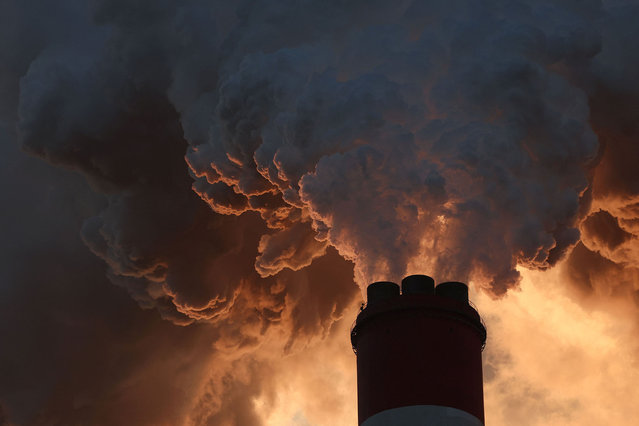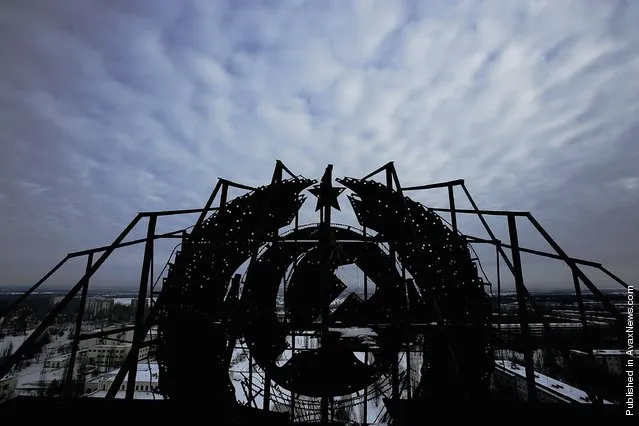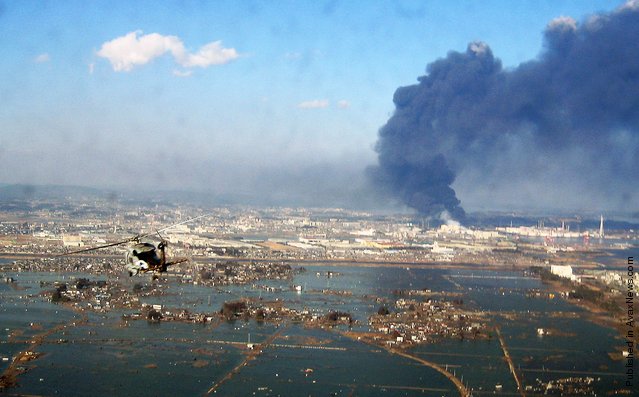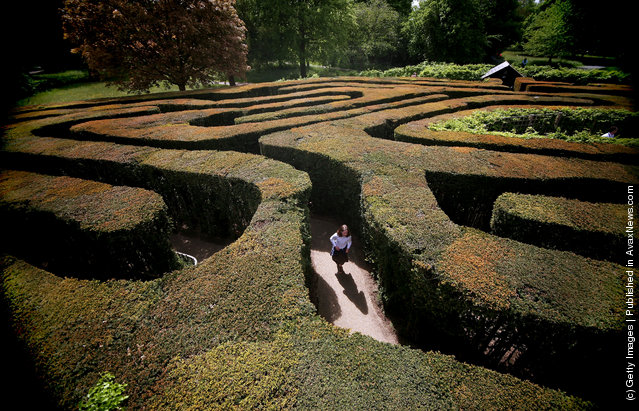
Visitors were able to pick their own flowers on this sunflower trail at Gloagburn Farm near Perth, in Scotland on September 13, 2021. Crawford Niven, a farmer, said he was inspired to make the trail, which is made up of nearly 200,000 plants, after seeing similar ones in America and Australia. (Photo by South West News Service)
07 Jun 2022 05:21:00,post received
0 comments







